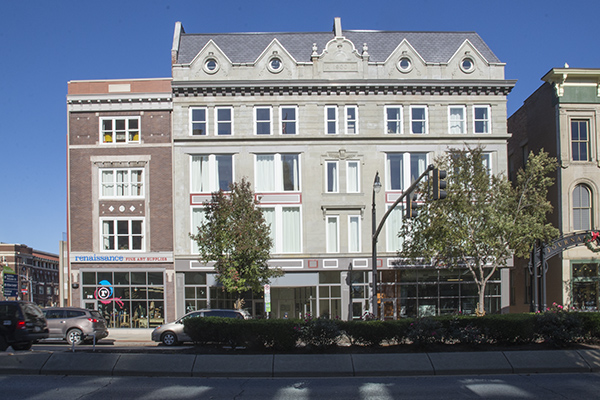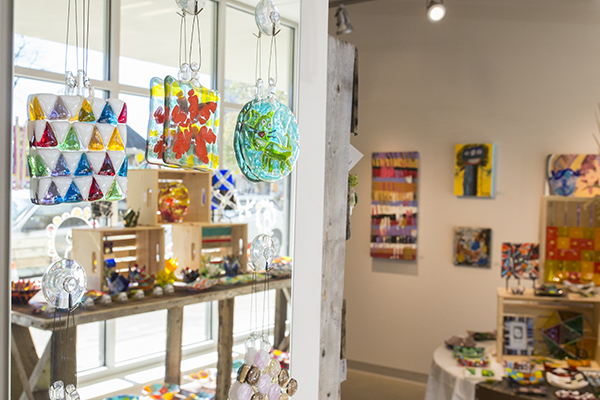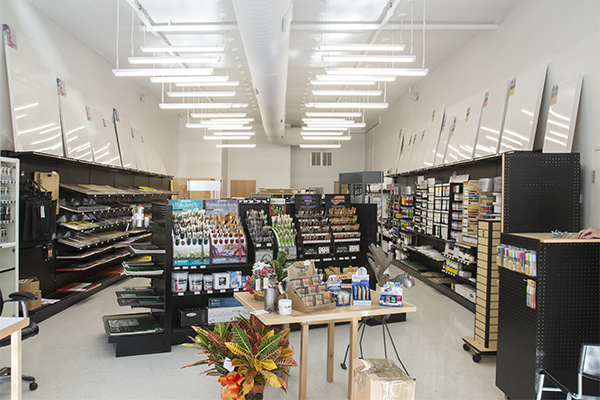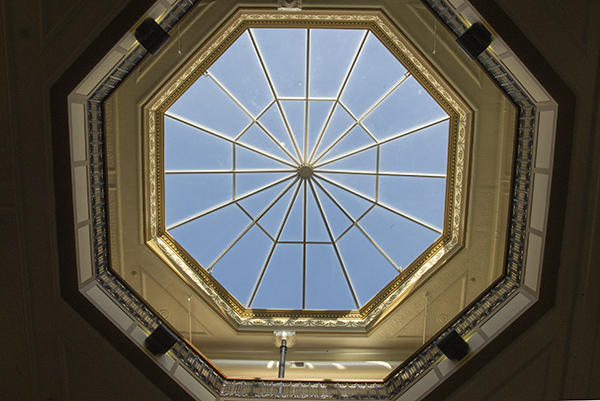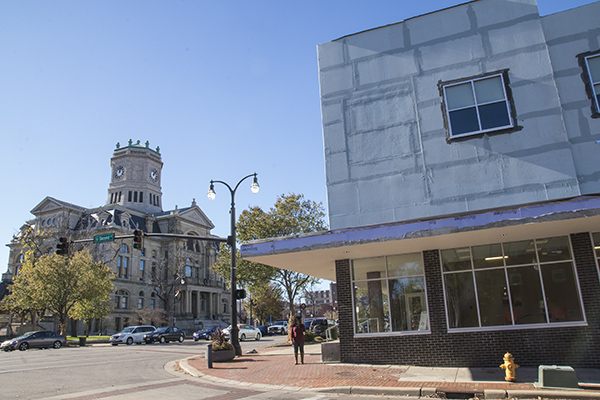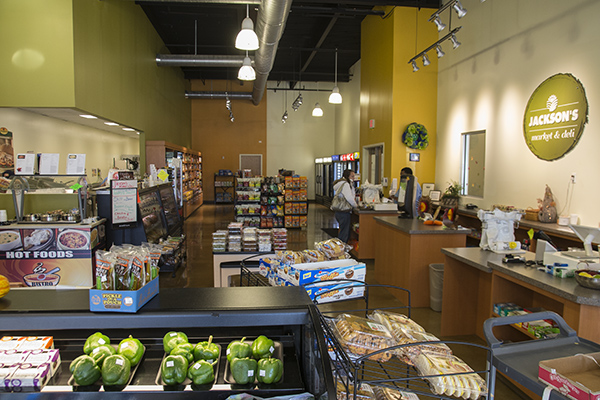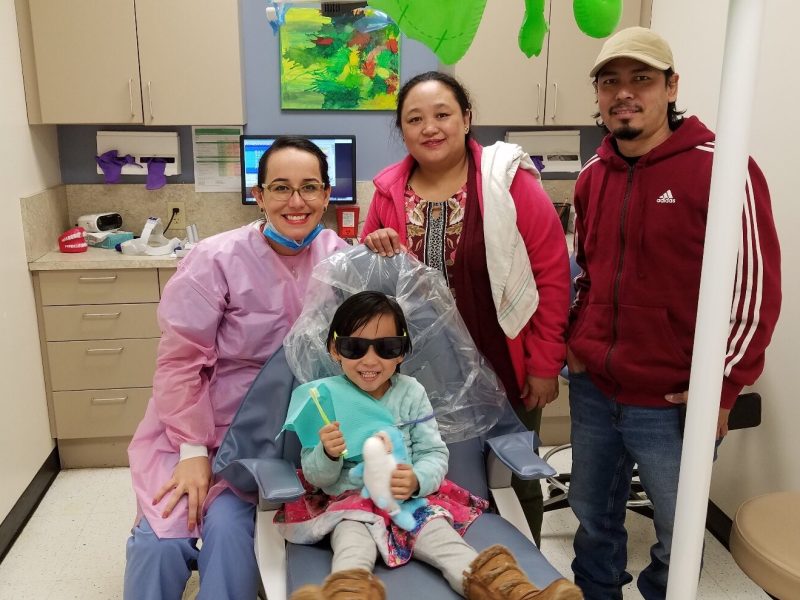Hamilton CORE Fund helps give downtown Hamilton a dramatic facelift
Soapbox's series on historic buildings coming back to life spotlights how the City of Hamilton and Hamilton CORE Fund are collaborating to change the face of its downtown.
In our sixth installment on redeveloped buildings coming back to life, writer Caitlin Koenig highlights efforts of the City of Hamilton and the Hamilton CORE Fund as they work to change the face of its downtown. Read Part 1 here, Part 2 here, Part 3 here, Part 4 here and Part 5 here.
If you know of a rehabilitated space with a story to tell, contact us at feedback@soapboxmedia.com.
The City of Hamilton and the Hamilton CORE Fund are using Cincinnati as a model as they work to revitalize the city’s central business district. In 2010, Hamilton CORE was the first tenant on High Street; just five years later, the block between Second and Third streets is 100 percent occupied in part because of the development organization’s efforts.
To date, Hamilton CORE has raised over $6 million in order to acquire and rehab blighted and vacant properties and then sell them to new owners.
Sara Vallandingham, owner of Sara’s House, doesn’t just own a local small business in Hamilton’s central business district — she will also soon be a downtown resident. She and her husband purchased the building from Hamilton CORE and are working on renovating the two upstairs levels into an apartment for their family of four.
“We’re moving from the suburbs, and we’re really excited to be part of downtown,” Vallandingham says.
Key development projects
Hamilton CORE has a number of completed projects under its belt, including Mercantile Lofts at 236 High St. and Artspace at 222 High St. Both were funded through national and state historic tax credits, which ultimately made the projects happen. Traditional banks wouldn’t fund these projects because they thought no one wanted to live downtown, but Hamilton CORE is changing the conversation and the face of downtown.
“We’re proving that this works in Hamilton, but not without the right financing,” says Mike Dingeldein, executive director of Hamilton CORE. “You really need the formal tools to make redevelopment happen.”
Both Mercantile Lofts and Artspace are mixed-use developments with first-floor retail and upper-level apartments. The Mercantile Lofts building dates back to 1875 and served a number of commercial functions for more than 100 years. By the late 1990s, the building was vacant and in danger of being torn down, but after an $8.6 million renovation the 29 apartments are fully occupied, as are the five street-level retail spaces.
Artspace is housed in the former Strauss and Co. space in the Mehrum-Lindley Block. The building was covered in the mid-1960s with a metal screen façade to modernize it. During restoration, the paneling was taken down to reveal an intact building face underneath, which was redone and incorporated into the plans.
Where Mercantile Lofts are market-rate apartments, Artspace’s 42 units of affordable live/work space for artists. First-floor retail space hosts a market/deli and an art gallery for Artspace artists to showcase their work.
Another property, renovated in 2013, now consists of Butler Tech School of the Arts, Hamilton City Schools ABLE program and Miami Valley Ballet Theatre. The building formerly housed The Journal-News before the newspaper relocated outside of downtown and was retained by Cox Publishing until a new use for it arose. On a daily basis now, hundreds of teens and adults come downtown for classes and add to the city’s vibrant urban core.
A groundbreaking opportunity
Located at 150 High St. is the old Elder Beerman department store, which had been vacant since 2009. The 160,000-square-foot building has three floors and a basement as well as a parking lot and parking garage in the rear. After discussions with the building’s owner, Hamilton CORE decided to purchase the entire building, gut it and market it as a dark shell.
“The dark shell allows potential occupants the chance to see the building as a blank slate,” Dingeldein says.
Renovation efforts included removing all of the store’s fixtures, bringing electric and plumbing up to code and stripping the walls down to the studs. This way, the sky is the limit for what can go into the space.
To date, the building is about 75 percent occupied, with just the third floor left to lease.
StarTek, a multinational call center, recently leased 50,000 square feet on the building’s second floor. The project brought 700 jobs to Hamilton as well as $7 million worth of investment to the city’s core.
Earlier this year, a number of small businesses opened in the building’s first floor retail spaces, including Jackson’s Market + Deli, which offers freshly prepared food and produce in an area of Hamilton that doesn’t have another grocery option.
Projects on the horizon
“We’re trying to create interest in what’s happening downtown,” Dingeldein says. “We’re not just creating jobs and only investing $200,000 in these projects. These projects are catalytic to changing downtown.”
Also on High Street is the old municipal building, which was built in 1930 and in use until 2003. Early next year it will become home to Municipal Brew Works, the first brewery in Hamilton in 70 years. Dingeldein says the space is perfect for a brewery because the fire bays are the perfect size to hold brewery tanks.
Another future project is a proposed recreational center, which would sit on the site of the city’s old paper mill. Hamilton CORE is also looking for a development partner for the old Fifth Third Bank building at the corner of Third and High streets.

